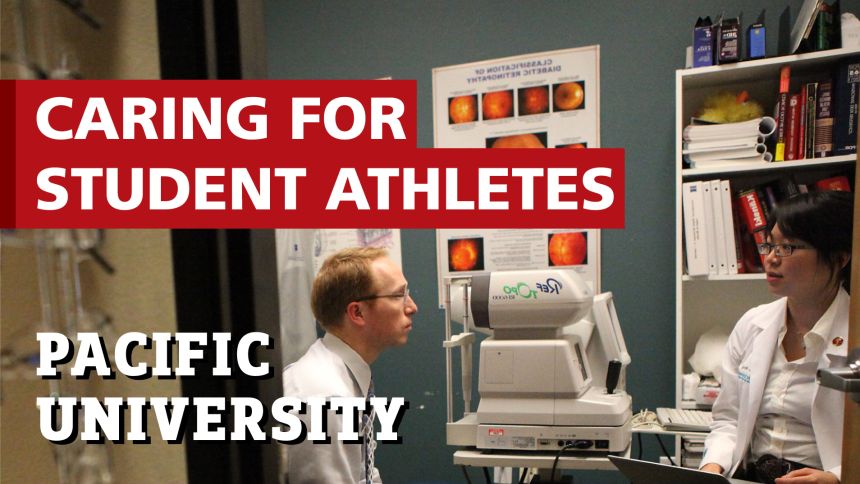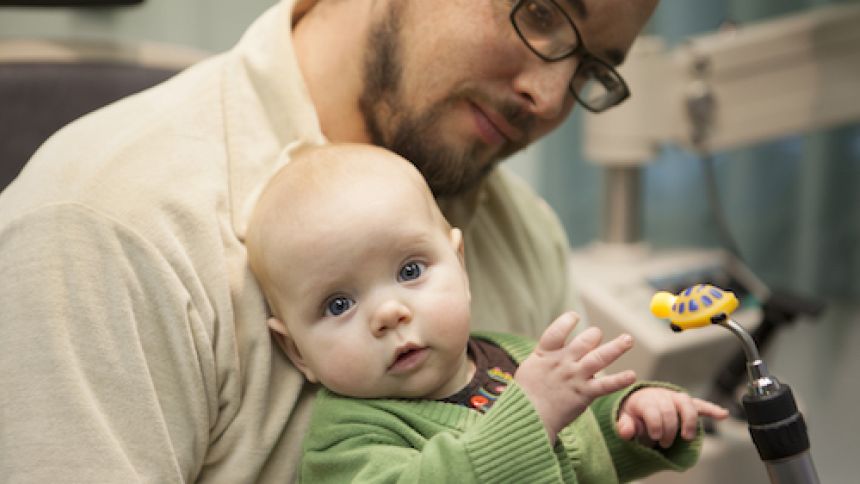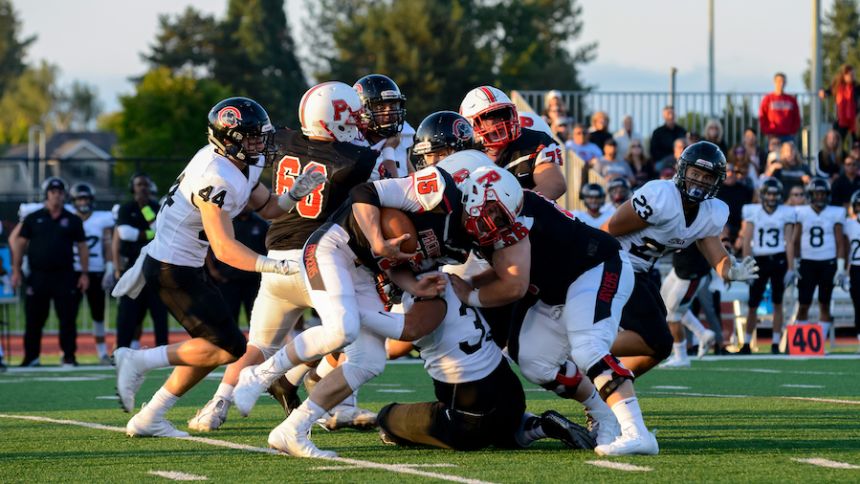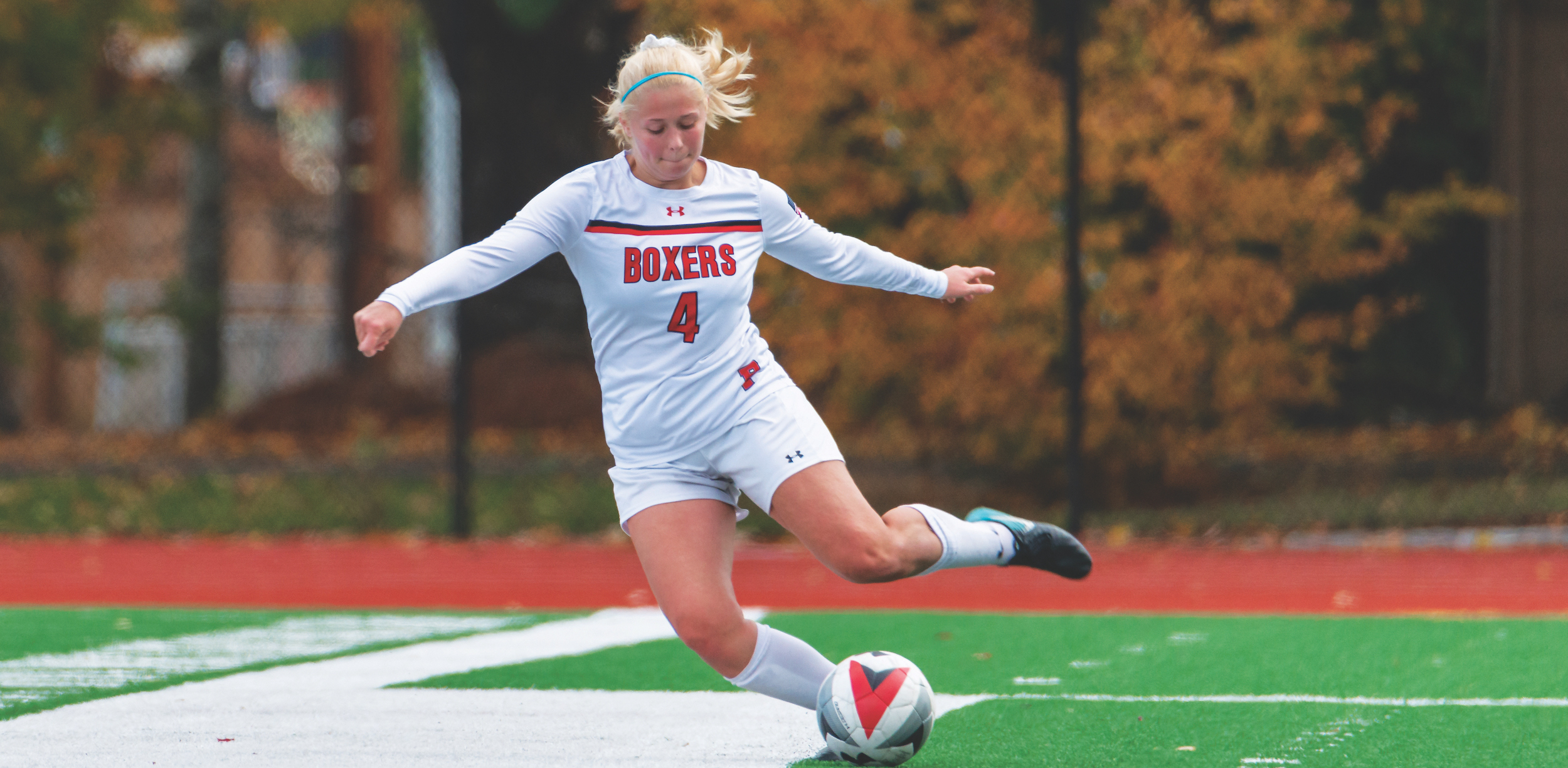
Think of it: What could be a greater challenge for your eyes than picking out the seams on a 95 mph fastball, or responding to developing plays on a soccer field in real time?
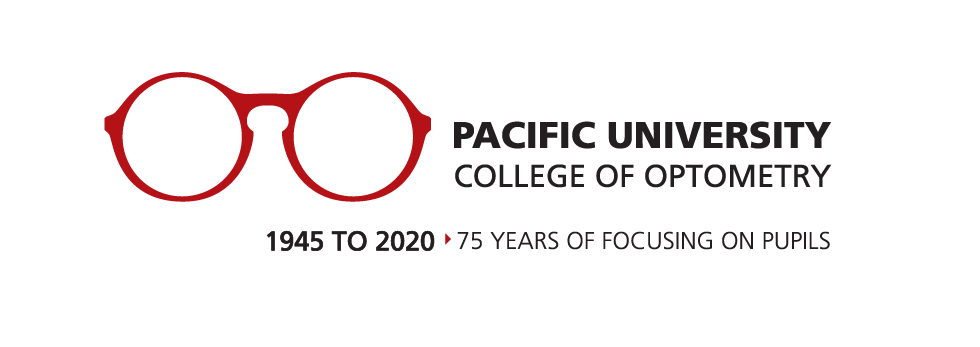
The science of sports vision is all about optimizing the body’s agility and responsiveness to rapidly changing game activity. It aims to improve a person’s depth perception, hand-eye coordination, and concentration, among other things. It can be important for high-performance athletes, as well as anybody who drives a car, takes photographs or performs other routine but complex tasks.
At Pacific’s College of Optometry, faculty members like Graham Erickson ’88, OD ‘90 and Interim Dean Fraser Horn ’00, OD, ‘04, have pioneered new approaches to treating, enhancing and maintaining vision for athletes. Their work has involved testing and treating athletes, while helping in the development of improved soccer balls, sports vision goggles and other vision products.
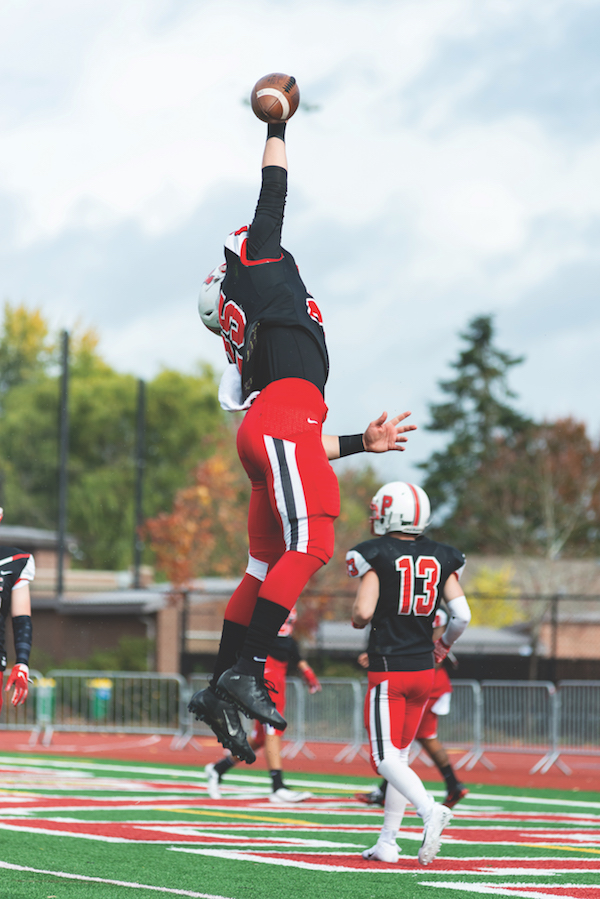 “The sports vision elective course offered at Pacific was the first of its kind anywhere, and I believe was first offered in 1979 or 1980,” Erickson said.
“The sports vision elective course offered at Pacific was the first of its kind anywhere, and I believe was first offered in 1979 or 1980,” Erickson said.
It started, like many things in the College of Optometry, because Alan Reichow ‘78, OD ‘81, MAEd ‘95 was particularly interested in the topic, along with colleague Bradley Coffey ‘79, OD ‘81. At the time, sports vision was little-discussed in the standard optometry curriculum.
It’s not little-discussed anymore.
Reichow, now professor emeritus, co-founded Pacific’s sports vision program, the first of its kind in the world. While working with footwear and apparel giant Nike Inc., he published multiple papers and was awarded patents for everything from visual testing under stress conditions to motion graphics on soccer balls. The Sports Vision program at Pacific has grown ever since.
Erickson began teaching Pacific’s sports vision elective in 2001. He has published a series of papers on sports vision, including, recently “Nutraceuticals for Visual Performance,” published in December 2019 in Vision Development & Rehabilitation.
Horn, the interim dean, also operates Sports Vision Pros, a sports vision resource, with three partners. He has consulted with Nike, provided screenings and serves as team optometrist for Boxer athletic teams. When he was an undergrad, he was on the golf team, and his enthusiasm for sports vision is apparent still in even the most casual conversation.
“I just enjoy working with athletes to help them reach their visual potential and to learn from my colleagues,” Horn said.
Sports vision, said Erickson, “is a passion for many of us who work in this area.”
This story is part of a collection celebrating 75 years of Optometry that first appeared in the Fall 2020 issue of Pacific magazine. For more stories, visit pacificu.edu/magazine.
